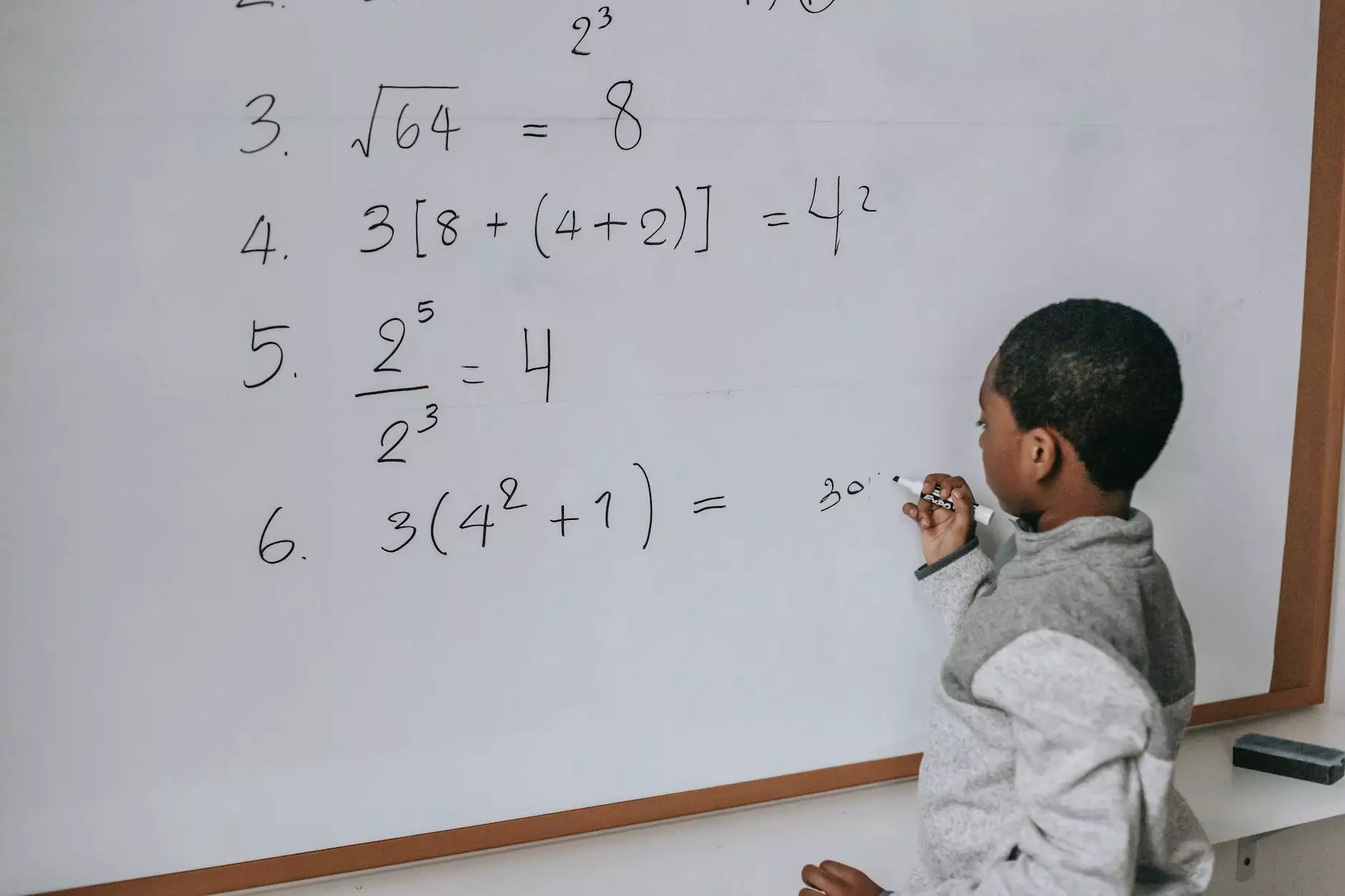Classroom Strategies That Motivate the Reluctant Learner

As an educator, one of your main goals is to create an engaging and motivating learning environment. However, it's not uncommon to encounter students who seem disinterested or reluctant to participate in the classroom. This can be challenging, but with the right strategies and approaches, you can help motivate even the most reluctant learners.
Understanding the Reluctant Learner
Before diving into effective strategies, it's vital to understand the characteristics and reasons behind reluctance. Reluctant learners can exhibit various behaviors such as lack of engagement, low self-esteem, or a fear of failure. Some may struggle with specific subjects, while others may have external factors affecting their motivation.
The Power of Positive Reinforcement
Positive reinforcement is a powerful tool that can help motivate reluctant learners. By acknowledging and celebrating their achievements, you are reinforcing their efforts and boosting their confidence. Encourage their progress and provide specific feedback to foster a positive learning environment.
Implementing Project-Based Learning
One effective strategy to engage reluctant learners is through project-based learning. By providing hands-on and real-world projects, you can tap into their interests and increase their motivation. Allow them to explore topics that align with their passions and provide them with opportunities to showcase their creativity and critical thinking skills.
Utilizing Technology as a Learning Tool
Incorporating technology into the classroom can greatly benefit reluctant learners. Utilize educational apps, online resources, and interactive platforms to make learning more engaging and interactive. This can include virtual simulations, gamified learning experiences, and multimedia presentations.
Creating a Positive Learning Environment
A positive and inclusive learning environment can significantly impact the motivation of reluctant learners. Consider the following strategies:
- Establish Clear Expectations: Clearly communicate your expectations and encourage open communication to build trust and understanding.
- Promote Collaboration: Encourage peer collaboration and group work to foster a sense of belonging and support among students.
- Celebrate Diversity: Embrace and celebrate the diversity within the classroom, creating an inclusive environment where all students feel valued.
- Personalize Learning: Tailor your teaching approach to meet the individual needs and interests of each student, ensuring they feel supported and engaged.
Addressing Individual Challenges
Each reluctant learner may have unique challenges that hinder their motivation. As an educator, it's important to identify these challenges and find appropriate solutions. Here are a few strategies for addressing common challenges:
Motivating Through Differentiated Instruction
Differentiated instruction allows you to modify your teaching strategies to accommodate diverse learning needs. Provide various learning pathways, offering different levels of difficulty or alternative assignments to cater to individual strengths and weaknesses.
Building Relationships and Trust
Establishing a strong rapport with your students can greatly impact their motivation. Take the time to get to know them personally, listen to their concerns, and show empathy. Building trust creates a safe and supportive environment where reluctant learners feel comfortable taking risks.
Offering Varied Assessment Methods
Assessment plays a crucial role in motivating reluctant learners. Providing multiple assessment methods, such as project portfolios, presentations, or group discussions, allows students to demonstrate their understanding in different ways, appealing to their individual strengths.
Conclusion
Motivating reluctant learners requires a combination of understanding, compassion, and effective strategies. By implementing positive reinforcement, utilizing technology, creating a positive learning environment, and addressing individual challenges, you can unlock the potential of even the most reluctant learners. Remember, every student has unique strengths and interests – harnessing these attributes will pave the way to a more engaged and motivated classroom.



